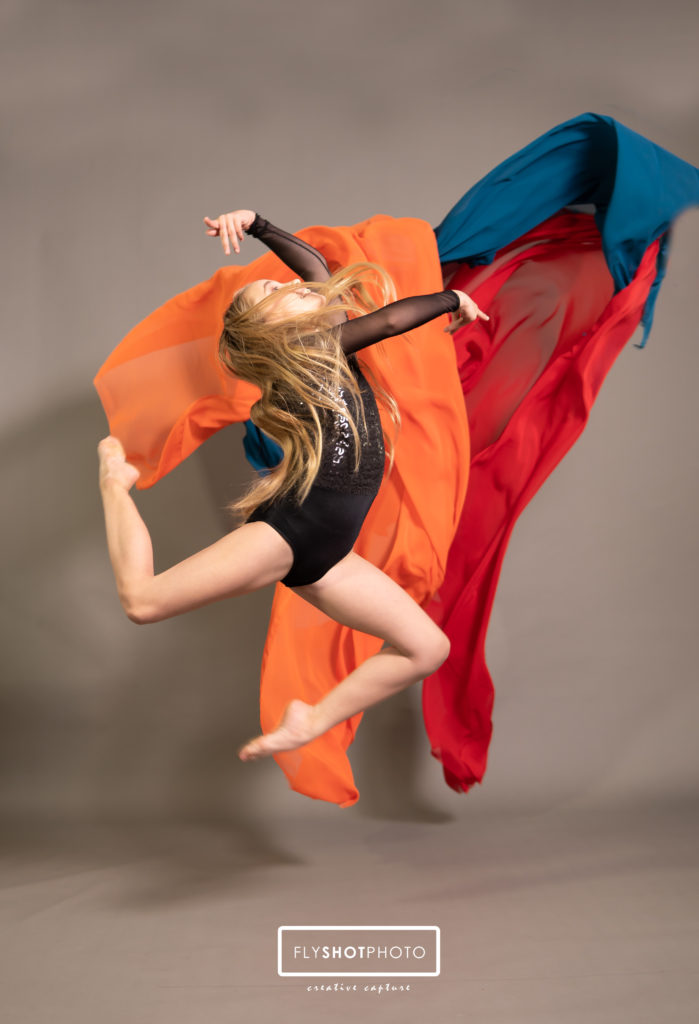12 Things No Dance Photographer Would Tell You
Dance photography is a mesmerizing art form that captures the elegance, grace, and athleticism of dancers. Behind those captivating images, there lies a dance photographer who works tirelessly to freeze those fleeting moments in time. While dance photographers have their own secrets and experiences, there are certain things they rarely reveal to the public. In this article, we will uncover 12 things that no dance photographer would typically tell you. So, let’s dive in and discover the hidden aspects of this fascinating profession.
-
- Patience is Key:
One of the fundamental qualities of a dance photographer is patience. They often spend hours waiting for the perfect shot, waiting for that precise moment when the dancer’s movement, lighting, and composition align flawlessly.
- Patience is Key:
-
- The Magic Happens in Post-Processing:
While the initial capture is crucial, the true magic of dance photography often unfolds during post-processing. Skilled dance photographers utilize various editing techniques to enhance the mood, highlight the dancer’s form, and create captivating visual effects.
- The Magic Happens in Post-Processing:
-
- They Miss More Shots Than They Capture:
Behind every stunning dance photograph, there are countless missed shots. Dance photographers understand that perfection requires perseverance and trial and error. They discard numerous imperfect frames to achieve the one that captures the essence of the dance.
- They Miss More Shots Than They Capture:
-
- Collaborating with Dancers is Crucial:
The relationship between a dance photographer and the dancer is a symbiotic one. Trust and collaboration are essential for creating remarkable images. Dance photographers value open communication, feedback, and the willingness of dancers to push their boundaries.
- Collaborating with Dancers is Crucial:
-
- They Don’t Always Have the Best Equipment:
Contrary to popular belief, you don’t need the most expensive equipment to create breathtaking dance photographs. While high-quality gear can certainly enhance the process, creative vision, technical skills, and understanding of light play a more significant role in capturing compelling images.
- They Don’t Always Have the Best Equipment:
-
- The Challenges of Low Light:
Dance photography often takes place in dimly lit environments, presenting unique challenges for photographers. Capturing movement in low light requires careful balancing of shutter speed, aperture, and ISO settings to freeze the action while maintaining image quality.
- The Challenges of Low Light:
-
- Timing is Everything:
Timing is crucial in dance photography. Photographers must anticipate and capture split-second movements with precision. Understanding dance routines and having knowledge of the art form help them capture those fleeting moments that define the essence of dance.
- Timing is Everything:
-
- The Art of Directing Poses:
Dance photographers possess the skill to direct dancers into poses that showcase their talent and highlight their strengths. They know how to position dancers to create dynamic compositions and convey emotion through body language.
- The Art of Directing Poses:
-
- Developing an Eye for Composition:
Composition plays a vital role in dance photography. Dance photographers train their eyes to identify lines, shapes, and negative space that can enhance the overall visual impact of an image. They meticulously frame shots to capture the energy and beauty of the dance.
- Developing an Eye for Composition:
-
- Adaptability is Essential:
Dance photography often takes place in unpredictable environments, such as on stage or in rehearsal studios. Photographers must quickly adapt to changing conditions, adjust their settings, and find creative solutions to capture the best possible shots.
- Adaptability is Essential:
-
- They Have a Deep Appreciation for Dance:
Dance photographers are not merely observers; they have a profound admiration for the art form. They immerse themselves in the world of dance, learning about different styles, understanding the intricacies of movement, and gaining an appreciation for the dedication and passion of dancers.
- They Have a Deep Appreciation for Dance:
-
- The Joy of Witnessing Transformation:
Beyond capturing stunning images, dance photographers find joy in witnessing the growth and transformation of dancers. They see dancers progress, overcome challenges, and express themselves through their movements. Witnessing these journeys is incredibly rewarding for photographers.
- The Joy of Witnessing Transformation:
Dance photography is a captivating art that combines technical skills, creative vision
